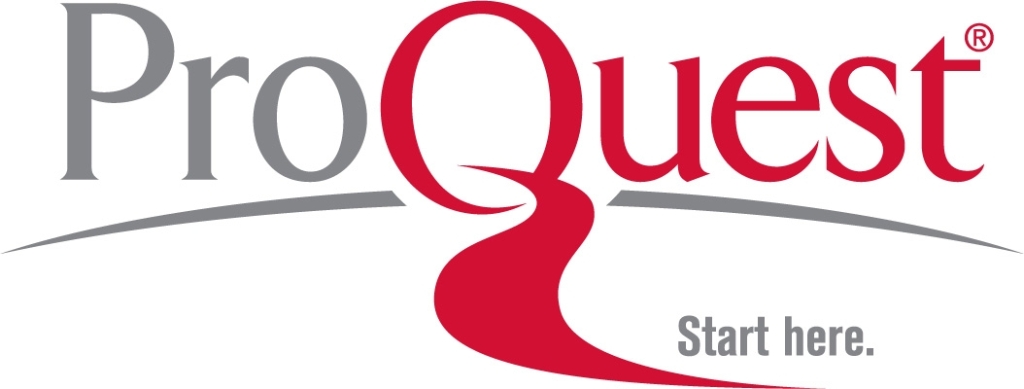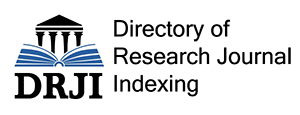Submissions
Submission Preparation Checklist
As part of the submission process, authors are required to check off their submission's compliance with all of the following items, and submissions may be returned to authors that do not adhere to these guidelines.- The submission has not been previously published, nor is it before another journal for consideration (or an explanation has been provided in Comments to the Editor).
- The submission file is in OpenOffice, Microsoft Word, RTF, or WordPerfect document file format.
- Where available, URLs for the references have been provided.
- The text is single-spaced; uses a 12-point font; employs italics, rather than underlining (except with URL addresses); and all illustrations, figures, and tables are placed within the text at the appropriate points, rather than at the end.
- The text adheres to the stylistic and bibliographic requirements outlined in the Author Guidelines: Notes to Contributors and Publication Ethics, which is found below.
- If submitting to a peer-reviewed section of the journal, the instructions in Ensuring a Blind Review have been followed.
Copyright Notice
Submission of paper to LBIBf will be taken to imply that it presents original unpublished work and is not under consideration for publication elsewhere at the same time. It is the responsibility of the author(s) to obtain written permission, prior to submission of a paper, to quote from or reproduce copyrighted material. It is further understood that all persons listed as authors have given their approval for the submission of the paper and that any person cited as a source of personal communication has approved such citation.













